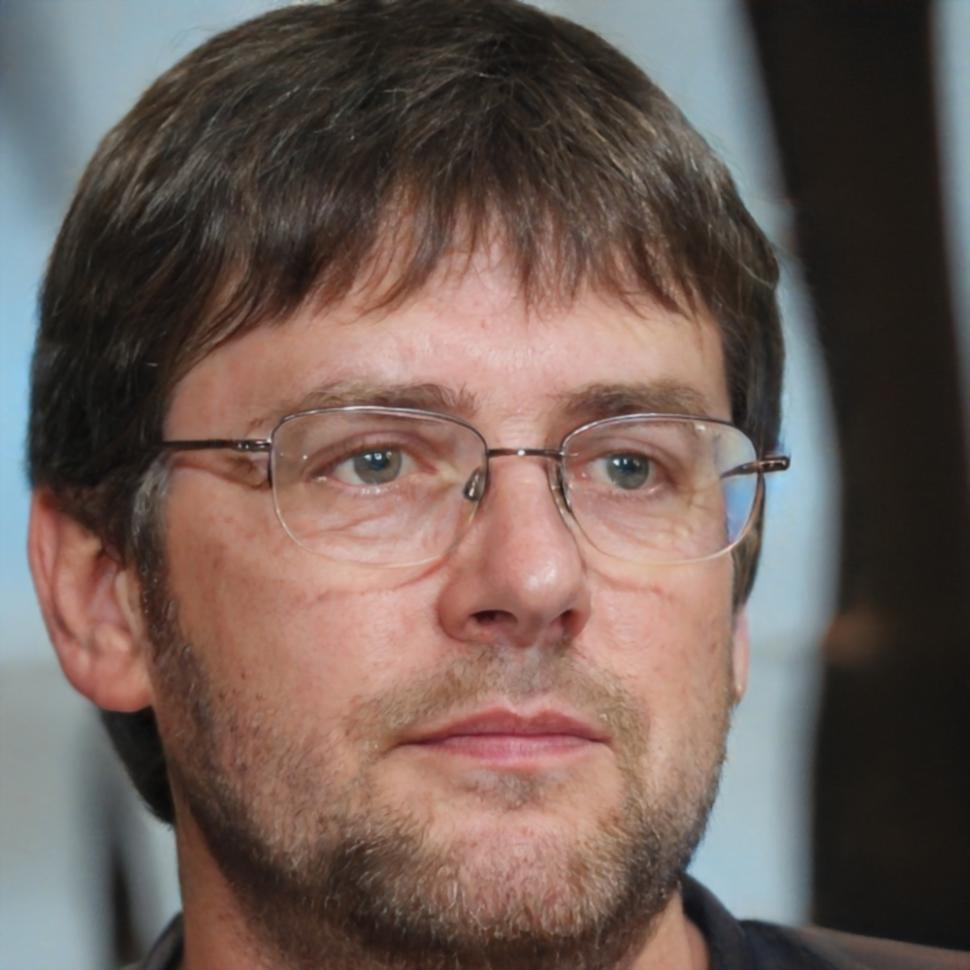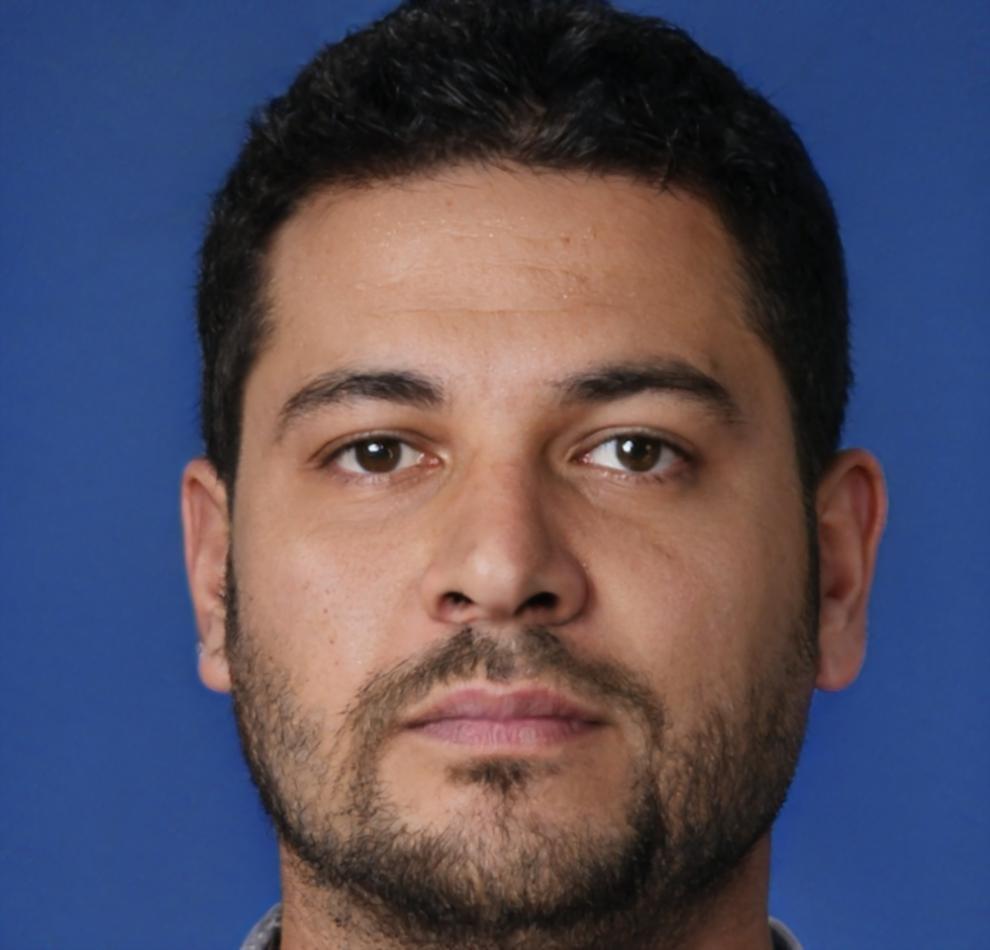Financial Analysis Training That Makes Sense
We're building something different here. Most financial comparison programs throw theory at you and hope it sticks. Our approach? Real company data, actual market scenarios, and skills you'll use from week one. Starting September 2025, you'll work through genuine case studies from the Australian market.
Get Program Details
How the Program Unfolds
Ten months of focused learning. We're not rushing anyone through this—financial analysis takes time to develop properly.
Foundation Phase (Months 1-3)
You'll start with balance sheets and income statements—the basics everyone needs but surprisingly few people really understand. We use reports from ASX-listed companies so you're working with real numbers from day one. By month three, you should feel comfortable pulling apart a financial statement without needing constant guidance.
Comparative Methods (Months 4-6)
This is where things get interesting. You'll learn how to compare companies properly—not just looking at revenue or profit, but understanding what those numbers actually mean in context. We cover ratio analysis, industry benchmarking, and how to spot red flags in financial reports. Some students find this section challenging because there's no single "right" answer—it's about developing judgment.
Industry Deep Dives (Months 7-8)
Different sectors need different approaches. What matters in retail doesn't necessarily matter in mining. You'll focus on two industries during this phase, learning the specific metrics and considerations that professionals use when analyzing those sectors. Past cohorts have covered everything from banking to agriculture—we adapt based on what's most relevant to the Australian market at the time.
Capstone Project (Months 9-10)
Your final project involves a comprehensive company comparison. You pick two competitors, conduct a thorough analysis, and present your findings. It's meant to mirror what you'd actually do in a professional setting. Some graduates have used their capstone projects in job interviews—though we never guarantee employment outcomes, having a solid portfolio piece certainly doesn't hurt.
Who You'll Learn From
Our instructors work in financial analysis during the day. Teaching this program is what they do in addition to their regular roles—which means the material stays current.

Crispin Hadleigh
Lead Instructor
Spent twelve years analyzing resource companies before shifting to broader corporate analysis. He's handled everything from junior explorers to multinational operations—his favorite thing is showing students how the same principles apply regardless of company size.

Tavish Bromwell
Industry Specialist
Background in retail and consumer goods analysis. Tavish brings practical experience from working with Melbourne-based investment firms. He's particularly good at explaining why two companies with similar financials can have very different prospects.

Rafferty Osmund
Technical Advisor
Handles the more technical aspects—advanced ratio analysis, cash flow modeling, and valuation methods. Rafferty worked in corporate finance before moving to analysis work. He's the person to ask when you encounter something unusual in a financial report.

September 2025 Cohort Details
Evening sessions twice weekly (Tuesday and Thursday, 6:30-9pm). All sessions are recorded if you need to catch up, though attending live helps with the discussion portions.
Access to our database of Australian company reports, analysis templates we've developed over the years, and ongoing feedback on your work. You'll also join our alumni network—past students often share job leads and industry insights.
The program runs from September 2025 through June 2026. We're accepting applications until mid-August. If you're interested, reach out soon—we cap enrollment at 25 students to keep the experience manageable.